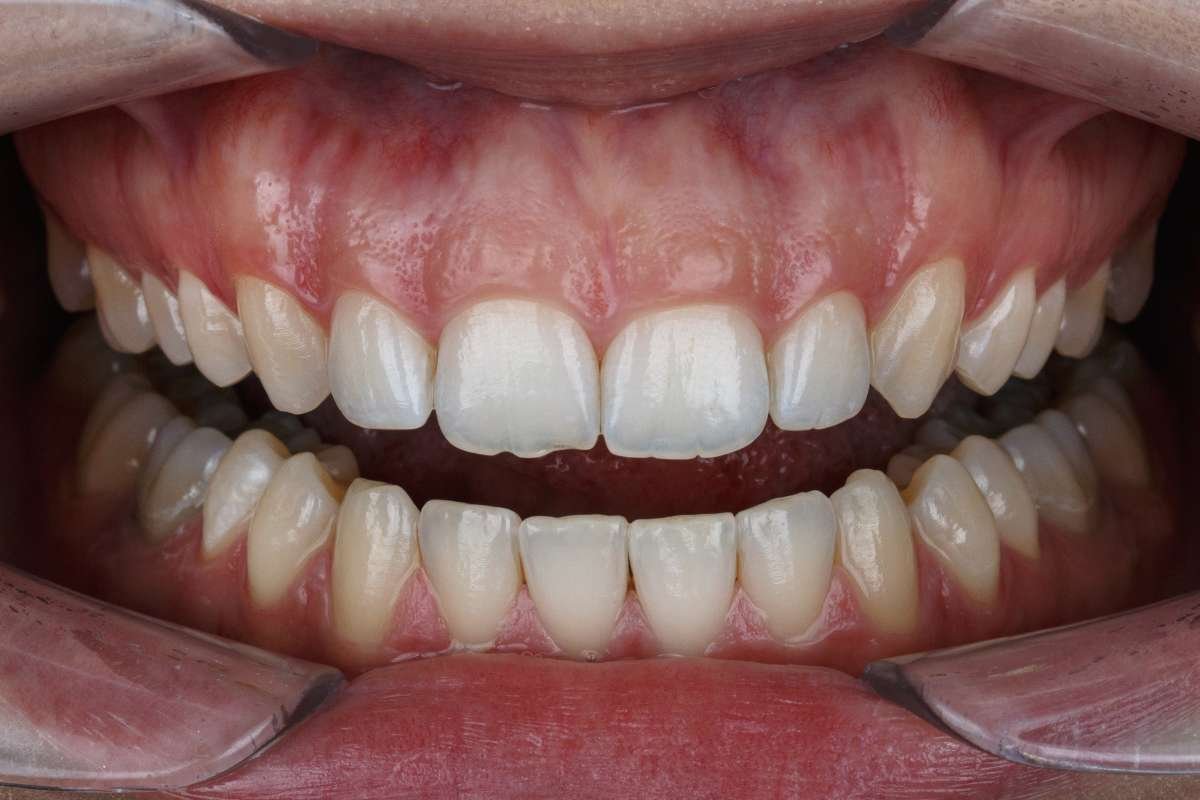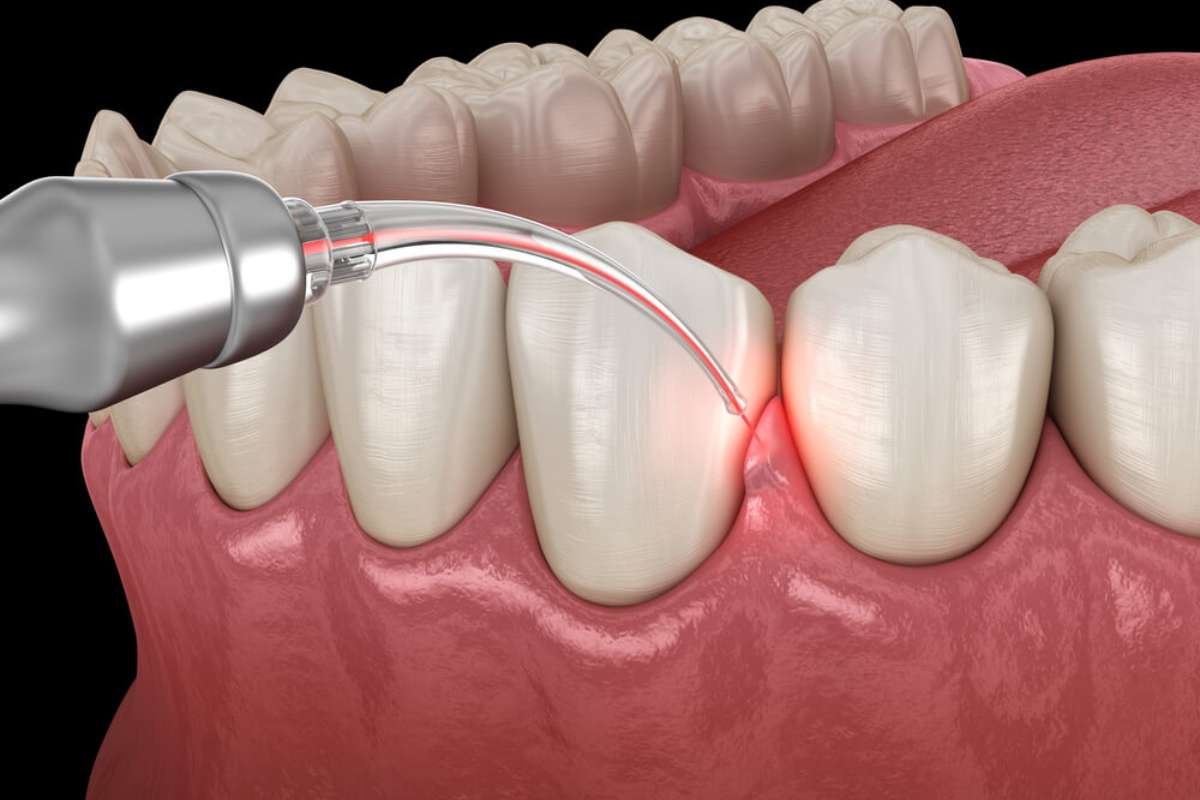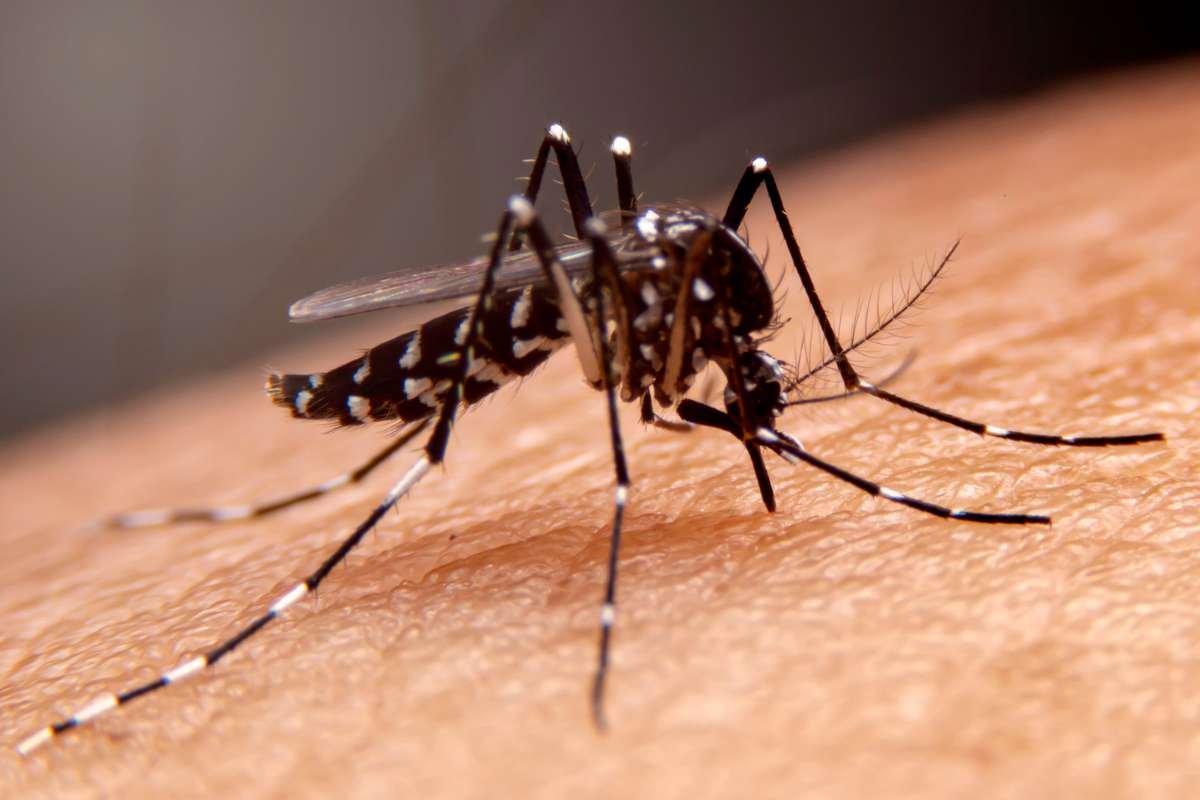In a world where first impressions matter, having a confident smile can make all the difference.
Everyone needs a shiny, bright, and beautiful smile, but when it comes to oral health we only look up to our teeth and not overall oral health. However, we do not consider the health of our gums who tightly hold them. Unfortunately, several people suffer from gum-related issues such as bleeding, tightening, redness, and odor, which lead to pain, discomfort, and major dental problems. Gingivectomy is a procedure that addresses gum-related concerns and offers a solution for those struggling with it. But what exactly does this procedure do to the gums and how can it heal you? Are you ready to learn more about it?
In this article, we will learn more about the gingivectomy procedure and other important things you should know before going for this procedure.
What is Gingivectomy?
A surgical procedure in which a peridontist removes periodontal disease, and excess gum tissue, and reshapes bone that may cause inflammation and infection, is known as a gingevectomy. Gingivectomy is one of the important medical concerns, that everyone needs to focus on.
Importance of Gingivectomy within the Healthcare System
- Periodontal disease are pain point for those who are suffering from oral problems, it affects people and leads to serious oral health issues such as bad odor, excessive redness, bleeding, tooth loss, and more. Dental professionals help patients to eliminate infected tissue, and protect other gums and teeth from infection.
- Early detection of oral problems or periodontal diseases prevents bigger dental issues and lowers the need for more aggressive medical procedures and it also prevents costly procedures down the line.
- Periodontal problems after this procedure are eliminated, which helps to maintain oral hygiene. With less gum tissue to navigate during brushing and flossing, there is a reduced risk of plaque accumulation and further gum disease.
- Patients who suffer from gum-related issues are always concerned about their smile and teeth which lowers their self-confidence among people. Many patients opt for gingivectomy procedures for cosmetic reasons, such as correcting their smile and aligning their teeth by reshaping the gum and bone lining. It helps them to achieve beautiful smiles which boosts their confidence.
- One problem can cause many. Periodontal issues are so common that they can lead to multiple health issues such as pain in the jaws and nasal bone, headache, and diabetes and they can also affect cardiac health. With the help of gingevectomy patients can protect themselves from other health issues.
Indications for Gingivectomy
This procedure is performed for various reasons such as improving gum health, reshaping of teeth, and aesthetical reasons. But, what are the common reasons for this procedure? Here, we have mentioned some of them.
1. Periodontal Issues
Periodontitis, an advanced form of gum disease leads to inflammation, infection, and destruction of the supporting structures of the teeth. Gingivectomy helps remove the infected gum tissue, promoting healing and preventing further deterioration.
2. Gingival Hyperplasia

This condition is characterized by the overgrowth of gum tissue, often due to certain medications or systemic conditions. Gingivectomy can effectively reduce the excess tissue, restoring a more normal gum contour and improving oral hygiene.
3. Cosmetic Reasons
Many individuals seek gingivectomy to improve the appearance of their smile. Conditions such as a “gummy” smile, where excess gum tissue is visible when smiling, can be corrected through this procedure. Reshaping the gum line enhances facial aesthetics and boosts self-confidence.
4. Preparation for Orthodontic Treatment
Before undergoing orthodontic procedures, a gingivectomy may be recommended to remove excess gum tissue that could interfere with tooth movement or alignment. This prepares the mouth for effective orthodontic treatment and ensures optimal results.
5. Pocket Reduction
In cases of deep spaces between the teeth and gums, gingivectomy can help reduce the depth of these pockets. This not only aids in better cleaning access but also minimizes the risk of further infection.
6. Other Dental Procedures
Gingivectomy is also performed with other dental treatments such as implants to ensure that the gums are in a healthy state for optimal results.
What is the post-operative care for gingivectomy?
After undergoing a gingivectomy procedure, the patients must take proper post-operative care for a smooth recovery. So that they can minimize the risk of infections and have hassle-free recovery.
1. Take proper rest:
In the initial few days after the procedure, it is very important to take as much rest as possible. Sleeping with your head elevated can help reduce inflammation and discomfort.
2. Lighter meals
soft meals such as soups, lentils, etc are ideal food choices that one can include in their diet after a gingivectomy procedure. It is very important to avoid hard foods and chewing on the side of the surgery because it can worsen the health of teeth and gums.
3. Avoid regular oral hygiene
After the procedure is done, the gums and tissues are very sensitive, and brushing, flossing, and scraping can harm the tissues. So it is better to avoid regular oral hygiene for a minimum of 24 hours after the surgery is performed.
4. Pain Management
Little redness, swelling, discomfort, bleeding, and pain is very natural. So you can take medications which are prescribed by your doctor. To manage the pain and discomfort, it is very important to talk less to avoid strain on the surgical sites.
5. Follow-Up Care

After the procedure, follow-up with your doctor or periodontists is very important, so that they can monitor the healing process and ensure smooth recovery.
Alternatives to Gingivectomy Procedure
For people who don’t want to go for a gingivectomy procedure and looking for alternatives, various options are available depending on the specific dental concerns, so it is important to consult with a doctor to determine the best approach for your specific needs.
1. Gingivoplasty: This procedure helps to reshape and contour the gums without removing the tissues. This procedure helps to improve the appearance of the gums and enhance the smile.
2. Scaling and Root Planing: It is a non-surgical procedure that includes deep cleaning of the roots of teeth and gums to remove plaque. It helps to improve the gum health.
3. Laser Treatment: Laser treatments target infected tissue and treat gums. This laser treatment minimizes the risk of infection and promotes faster recovery as compared to the traditional surgical method.
4. Orthodontic Treatment: In cases where a “gummy smile” is a concern, orthodontic treatments may help reposition the teeth and improve the overall appearance of the smile without the need for gum surgery.
5. Cosmetic Procedures: For aesthetic concerns, options such as veneers or crowns can be considered to enhance the appearance of the teeth and gums without altering the gum tissue itself.
Insurance Coverage and Cost for Gingivectomy in the U.S.
When considering a gingivectomy in the United States, understanding the associated costs and insurance coverage is crucial for planning your treatment.

1. Cost Overview:
The cost of a gingivectomy can vary significantly based on several factors, including the severity of the gum condition, the geographic location of the dental practice, and whether the procedure is performed using traditional methods or laser technology. Generally, the costs are as follows:
- For a single tooth, the cost can range from $250 to $600.
- If the procedure involves multiple teeth or entire sections of the mouth, costs can escalate to $500 to $2,500 per arch, depending on the extent of the treatment needed.
- Some estimates suggest that the average cost per tooth may be around $200 to $400, with potential discounts for larger areas being treated.
2. Insurance Coverage:
Dental insurance coverage for a gingivectomy can vary widely. Many insurance plans may cover a portion of the costs if the procedure is deemed medically necessary, such as for treating gum disease. However, if the gingivectomy is performed for cosmetic reasons, coverage may be limited or unavailable.
- It’s advisable to check with your specific insurance provider to understand the extent of coverage. Some plans may reimburse patients for a portion of the costs associated with gum contouring and reshaping.
- If you do not have insurance, financing options may be available, allowing you to make monthly payments based on the total treatment cost.
Conclusion
Gingivectomy is a surgical procedure, which helps to improve gum health and aesthetic concerns. But, before the procedure, it is very important to consider essential factors such as its alternates, costs, post-operative care, etc for making an informed decision regarding your oral health. Before going for any surgery, it is important to consult with a qualified doctor or dental professional to discuss your specific preferences so that they can develop a personalized care plan for you.







